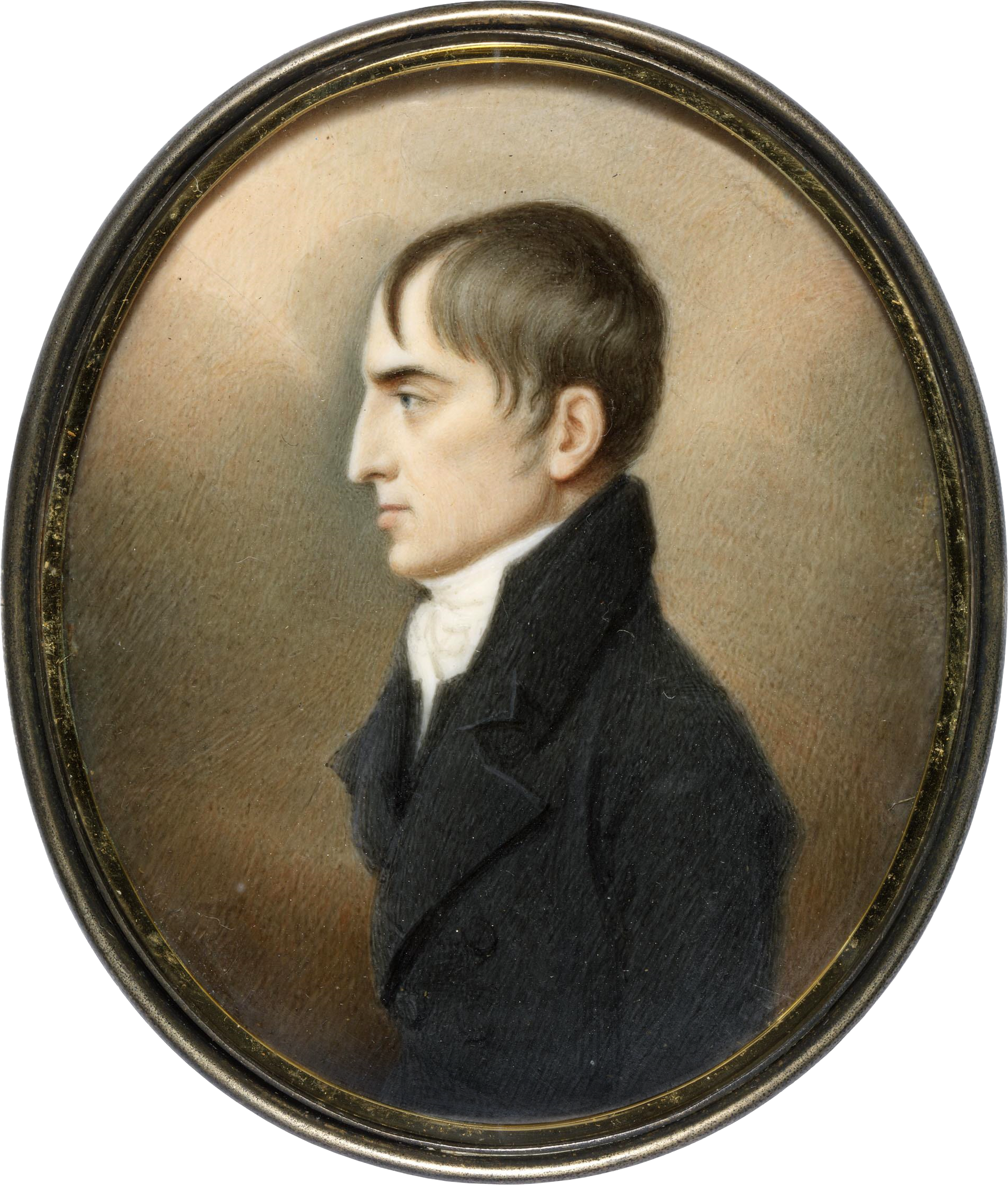BITE-SIZED HISTORY
Published in Issue 4 (July/August 2020), News, Volume 28BY TONY CANAVAN
Big plans for small paintings put on hold
The exhibition of a collection of Irish miniature portraits, which took more than 40 years to assemble, has had to be put on hold because of COVID-19. Sold recently at auction in London for £98,000, the Comerford Collection, which consists of 121 items, has been offered to Waterford Museum for display by the new owner. The miniatures were collected by John and Pauline Comerford, descendants of John Comerford (1770–1832), the renowned Irish miniaturist. As well as their forebear’s work, the Comerfords sought out miniature portraits of Irish people from the late eighteenth and early nineteenth centuries in order to build up their impressive collection. Waterford Museum had big plans to display the miniatures but these are being postponed until the current emergency is over.
Bones found in Swords

Above: A watercolour on ivory portrait by John Comerford of Robert Emmet, believed to have been sketched by Comerford during Emmet’s trial in 1803. (NGI)
When in April skeletal remains were found on the bank of the Ward River in Swords, Co. Dublin, close to River Valley Park, locals called the Gardaí. They sealed off the area and requested a forensic anthropologist, who concluded that the bones dated back to roughly the fifteenth century, and were probably evidence of an ancient burial ground in the north Dublin town. That determination means that it is no longer a Garda matter and the National Museum of Ireland has stepped in to decide what to do with the remains.
Ostrich egg mystery
Experts in the British Museum have put their time during the lockdown to good use by re-examining a collection of decorated ostrich eggs in an effort to understand where they originated and how their elaborately painted or engraved designs were created. Ostrich eggs, engraved, painted and embellished with ivory and other precious decorations, were highly prized across the Mediterranean during the Bronze Age and Iron Age, with more than two dozen complete and fragmentary specimens held by the British Museum. An international team of archaeologists wanted to discover how cultures across the Mediterranean, North Africa and the Middle East acquired their eggs, and how they were decorated. Their findings (published in the magazine Antiquity) reveal that the system by which ostrich eggs were sourced, produced and traded by the élite across cultures was ‘much more complicated than we had imagined’, said project leader Dr Tamar Hodos of Bristol University. Some specimens recovered from the same archaeological site were found by isotope analysis to have originated in completely different places, while microscopic scanning revealed the intricacy of the techniques by which their geometric or floral designs were produced, although some methods remain a mystery. The research uncovered that some of these eggs had travelled vast distances and came from wild birds.
Historic newspapers threatened by the lockdown
Two of Ireland’s oldest weekly newspapers have been forced to suspend production owing to the coronavirus pandemic. The Newry Reporter (first published in 1867) and its sister title the Banbridge Chronicle (1870) have stopped printing and most staff have been furloughed. The papers’ owners, the Hodgett family, in a front-page statement said: ‘It is with regret we confirm that the print and digital editions will be suspended … It is our intention to return as soon as this crisis abates.’ Other newspapers across the North of Ireland have been forced to take similar action, including the County Down-based Spectator newspapers and the weekly Gaelic Life, published by the North-West News Group in Omagh. The first edition of the Newry Reporter was printed on Saturday 16 November 1867. Founder James Burns, who was born in Newtownhamilton, Co. Armagh, began his career as an apprentice on the Newry Telegraph aged only fourteen. He left to set up his own printing business in May 1856. Eleven years later, he took the bold step of establishing the Newry Reporter as a rival to the already established Newry Telegraph. When Burns died at the age of 70 at his home, 61 Queen Street, on 12 May 1900, the newspaper passed to his son, Arthur. It is one of the oldest local newspapers still surviving in Ireland.
Restoration of Notre Dame Cathedral halted by the coronavirus
The restoration of Notre Dame Cathedral has been halted by the coronavirus crisis a year after fire gutted its interior and toppled its spire. The restoration of the historic landmark has been suspended and workers sent home because of France’s lockdown, which began on 17 March. Notre Dame chaplain Brice de Malherbe said that debris and huge ancient beams must be cleared from the soaring vaults as the first task. An umbrella structure will then be built to protect the site, which is now surrounded by high barricades. Donations are helping to pay for the restoration, with €400m from three sources alone: the Total oil company and French tycoons François Pinault and Bernard Arnault of the luxury giant LVMH. Millions more have been pledged, but in more modest donations, mainly from people in France and the United States, which covered the initial costs.
















